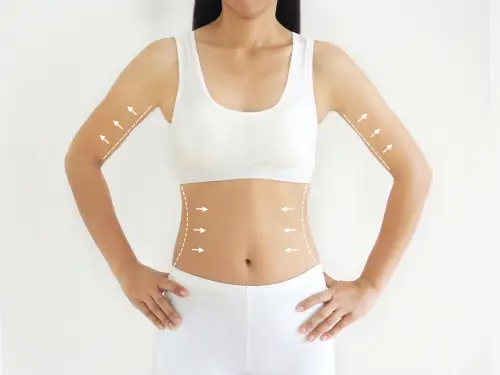Body contouring & Fat Grafting
Procedure Summary
Body contouring, also known as body sculpting, aims to eliminate fat, shape various body areas, and enhance skin tightness. Non-surgical alternatives like lipolysis utilize cold, heat, lasers, and other methods. Surgical options, such as tucks, lifts, and liposuction, come with more risks and lengthier recovery periods but typically yield more noticeable results.
It’s important to note that body contouring is not primarily intended for weight loss; instead, its focus lies in sculpting the body and addressing areas where weight loss might be ineffective or where significant weight loss has resulted in excess skin.

Ideal candidate for body contouring:
- You have excess skin following significant weight loss
- You have a below 30 BMI or Body Mass Index
Common areas of Body Contouring:
1. Complete body lift
2. Thighs
3. Arms
4. Hipps
5. Buttocs
6. Face
7. Stomach
8 Love handles
Procedure & Cost:
For your comfort during surgical procedures, medications are administered, with choices including intravenous sedation and general anaesthesia. The optimal option will be recommended by your doctor.
All surgical body contouring procedures necessitate substantial incisions to eliminate excess skin. These incisions can often be extensive, and their length and pattern are contingent on factors such as the amount and location of excess skin, personal preference, and your doctor’s surgical judgment. While advanced techniques aim to place incisions where they can be discreetly concealed by clothing, this may not always be visible.
Typically performed in stages, body contouring takes into account your specific condition, goals, and your plastic surgeon’s expertise to formulate an individualized surgical plan.
The cost of body contouring depends upon the area being contoured as well as the number of sessions that are necessary achieve the desired results. The cost for one session of a small area can start from AED 500 and can go upto AED 2000 per session for full body contouring.
Fat Grafting
Also known as fat grafting or a body fat transfer, this cosmetic procedure entails transfering surplus fat from regions like the stomach, outer thighs, or hips to areas lacking volumes, such as the hands, breasts, thighs, or buttocks. At Plaza Clinics Dubai, numerous individuals choose this minimally invasive procedure to enhance their body contour, appreciating the natural-looking results it offers without any downtime or complications.
Who can opt for fat grafting
When you come to Plaza Clinics for your consultation, our experts do a thorough analysis of your medical history and a discussion about your cosmetic objectives will take place to ascertain if fat transfer aligns with your needs. Typically, meeting the following criteria is essential to be considered an ideal candidate for fat transfer:
- You should be a healthy individual
- You are willing to perform multiple procedures depending upon the results that you desire.
- You should be a non-smoker, as smoking may increase the risk of complications pre and post-surgery & and can also slow down the recovery process.
Common areas of Fat Grafting:
- Breast
- Buttocs
- Abdomen & Abs
- Arms
- Hands
Procedure and cost:
In the first step, fat is extracted from the donor’s area using liposuction techniques, employing thin cannulas with small holes for optimal results. We ensure that we avoid laser or ultrasonic liposuction during extraction to prevent damage to the fat cells.
In the second step, the extracted fat undergoes processing through decanting and centrifugation to separate debris, excess fluid, and dead cells from the viable adipose fat cells. Alternatively, the fat is washed with a sterile saline solution. The discarded fat cells are those deemed unlikely to survive in the graft, potentially causing issues for the healthy cells.
In the concluding step, the purified fat is reinjected in small droplets throughout the subcutaneous tissue of the recipient area. This process aims to ensure a robust blood supply to each fat droplet, enhancing the likelihood of the fat graft’s survival.
